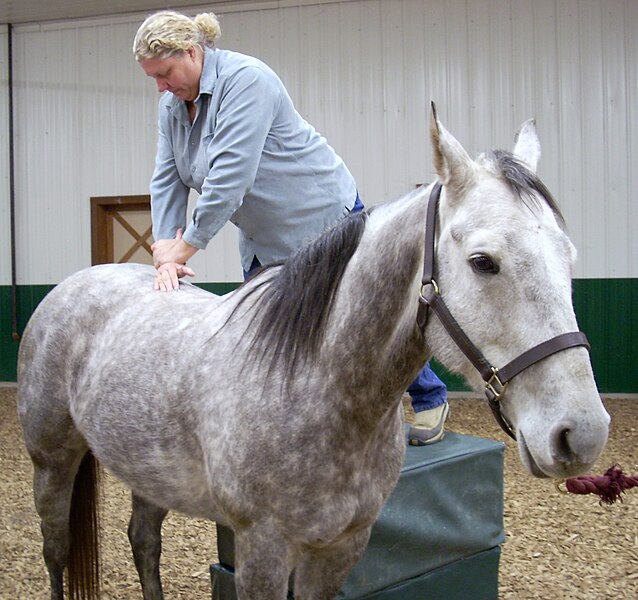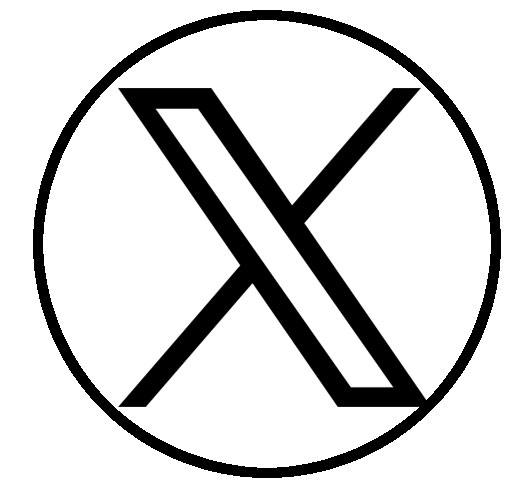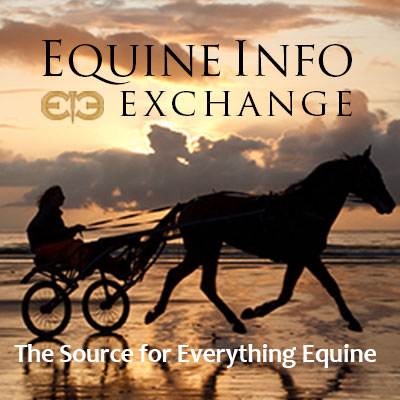
A horse chiropractor is a veterinarian who specializes in treating a horse's musculoskeletal, neurological, joint, and skeletal disorders. They use controlled force to improve a horse's movement and function, and to reduce pain.
Some signs that a horse may need chiropractic care include:
- Poor performance
- Stiffness or lameness
- Pain in the neck, back, or tail
- Abnormal posture
- Discomfort when saddled
- Difficulty bending to one side
Equine chiropractors use a type of manual therapy called equine chiropractic. This involves applying short, high velocity, low amplitude thrusts to specific regions of the horse's body. The goal is to change the horse's joint structures, muscle function, and neurological reflexes.
To become an equine chiropractor, you must first earn a Doctor of Veterinary Medicine (D.V.M.) or a Doctor of Chiropractic (D.C.) degree. After that, you can attend an advanced education program to become an animal chiropractor.
Horses with heavy workloads or those being shown may need to see an equine chiropractor every three weeks. Horses that are used for pleasure riding or are in less intense training may only need to see a chiropractor every three months.
How do I know if my horse would benefit from chiropractic care?
Horses that may benefit from chiropractic care may present with many signs, the most common of which is pain. Horses with back pain often express this in their posture or in their refusal to work. A horse’s attempts to compensate for the pain by changing its posture and way of going can result in other problems such as joint problems.
The following symptoms in a horse may indicate pain:
- Reduced performance
- Abnormal posture
- Snapping and pinning back its ears when being saddled
- Insubordination when being ridden
- Attempting to free itself by throwing its head back or up or by hollowing the back
- Swishing its tail and pinning back its ears
- Disobedience when jumping
- Difficulties with collected or lateral gaits
- Changes in behavior
- Frightened or painful facial expression
- Sensitivity to touch
Alterations of the spine can affect muscle coordination and mobility of the horse, thereby causing decreased performance. The following signs may occur:
- Unleveled gait rhythm
- Irregularity of gait which cannot be assigned to a particular leg or gait
- Stiffness when the horse leaves the stable
- Stiffness when bending and in its general posture
- Muscular atrophy
- Difficulty engaging the hindquarters
- Shortened stride in one or more legs
- Overall decreased range of motion in gait
- Difficulty flexing the poll
- Lameness
- Horse pulls against one rein
- Rider is seated off center due to the horse
- The back does not swing
Photo credit Dr Dennis Eschbach, CC BY-SA 3.0
Chiropractor - Education- Chiropractor - General Information
- Chiropractor - Providers - International
- Chiropractor - Providers - United States
Our Mission — Serving the professional horse person, amateur owners, occasional enthusiasts and sporting interests alike, the goal is to serve all disciplines – which often act independently yet have common needs and values.
Equine Info Exchange is totally comprehensive, supplying visitors with a world wide view and repository of information for every aspect related to horses. EIE provides the ability to search breeds, riding disciplines, horse sports, health, vacations, art, lifestyles…and so much more.
EIE strives to achieve as a source for content and education, as well as a transparent venue to share thoughts, ideas, and solutions. This responsibility also includes horse welfare, rescue and retirement, addressing the needs and concerns of all horse lovers around the world. We are proud to be a woman-owned business.

































